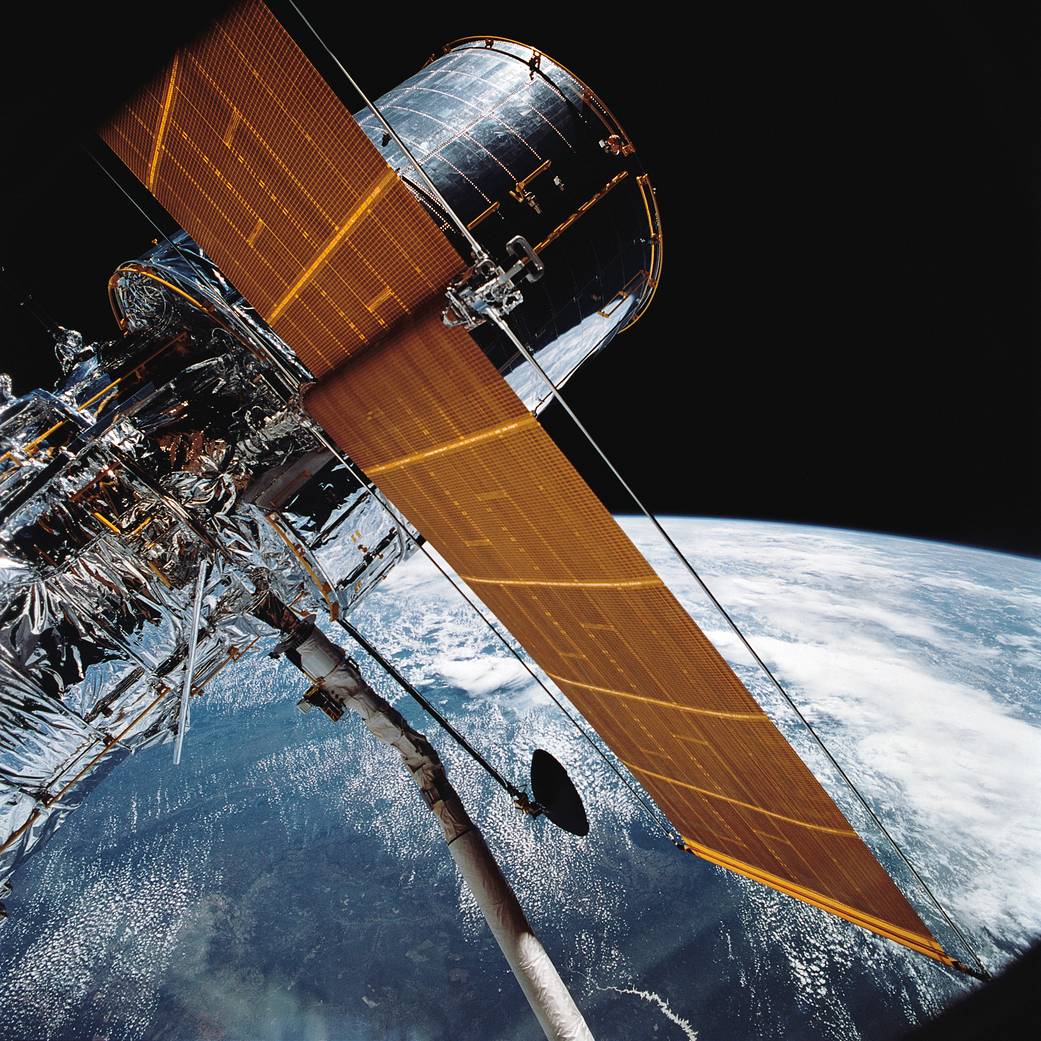(CN) — Observations from the Hubble Space Telescope allowed researchers to identify a distant star from nearly 900 million years after the Big Bang.
According to the research published Wednesday in the journal Nature, the one or two-star system is so far away that it dates to the early stages of the universe’s evolution.
“The light from this star has been traveling for about 12.8 billion years,” said one of the study's author's Brian Welch, from the Center for Astrophysical Sciences at Johns Hopkins University. “Since the light takes a finite amount of time to travel across all that distance, as we look further away, we’re essentially looking back in time. With this, we’re able to look back in time almost all the way to the start of the universe.”
Researchers nicknamed the star Earendel from an Old English word meaning "morning star" or "rising light." The authors estimate the star has a mass more than 50 times greater than that of the sun.
Welch explained that this star came about 900 million years after the Big Bang — a comparatively short period of time in the nearly 14-billion-year history of the universe. Earendel’s discovery brings researchers closer to studying the “first lights of the universe” that developed in the wake of the Big Bang.
“These first stars are a really interesting thing that we want to look at,” Welch said. “As these stars continue to evolve, they’re very massive, they’re very short-lived. After their short lifetime, they explode and they spread all of the heavier elements that they form in their core across the rest of the universe.”
Welch said those heavier elements “go into successive generations of stars” like Earendel.
Welch said they plan to use the James Webb Space Telescope, NASA’s newer and more powerful successor to Hubble, to better observe Earendel and peer even deeper into the universe’s early history.
“We don’t quite have any observations of anything that looks exactly like what we think a star in the early universe would look like, so being able to study this directly is going to be really exciting,” Welch said.
Though more distant galaxies have been identified, Welch said this is “the most distant individual star that we’ve found.” Unlike in the distant galaxies, where the light observed through the telescope is from a blend of millions of stars, researchers picked out the light from Earendel individually.
Astronomers use a measure called redshift to estimate the distance to objects in the universe’s outer reaches. As the light from these astronomical objects hurtles across the expanse of the universe, the light loses energy and becomes redder. The greater the distance, the larger the redshift. According to a statement accompanying the research, many individual stars have documented redshifts of 1 to 1.5. Earendel’s redshift is 6.2, the study indicates, which is significantly farther than other individual stars.
Its age and distance give researchers a potential avenue to investigate the evolution of the universe.
“These stars start to swirl together and form these much larger structures, like galaxies, that we see in our universe today,” said Welch. “But it really all starts from these first stars that form out of this primordial hydrogen gas. That’s really what this research is aiming towards. We’re trying to figure out what these early generations of stars look like.”
Subscribe to Closing Arguments
Sign up for new weekly newsletter Closing Arguments to get the latest about ongoing trials, major litigation and hot cases and rulings in courthouses around the U.S. and the world.









